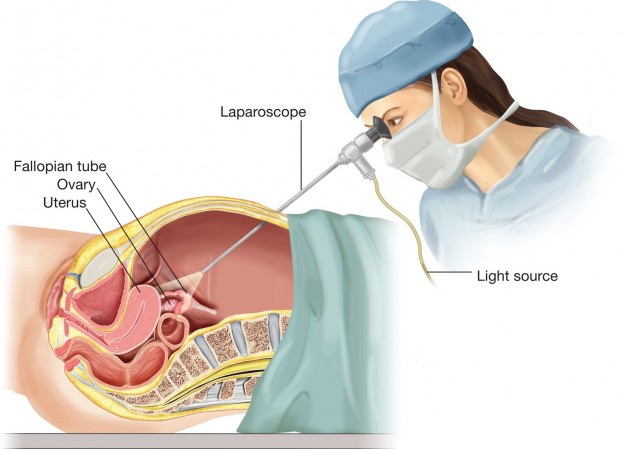Diagnostic Laparoscopy

Laparoscopy is a type of surgical procedure that allows a surgeon to access the inside of the abdomen (tummy) and pelvis without having to make large incisions in the skin.
This procedure is also known as keyhole surgery or minimally invasive surgery.
Large incisions can be avoided during laparoscopy because the surgeon uses an instrument called a laparoscope.
This is a small tube that has a light source and a camera, which relays images of the inside of the abdomen or pelvis to a television monitor.
The advantages of this technique over traditional open surgery include:
- a shorter hospital stay and faster recovery time
- less pain and bleeding after the operation
- reduced scarring
When laparoscopy is used
Laparoscopy can be used to help diagnose a wide range of conditions that develop inside the abdomen or pelvis. It can also be used to carry out surgical procedures, such as removing a damaged or diseased organ or removing a tissue sample for further testing
Laparoscopy is most commonly used in:
- gynaecology – the study and treatment of conditions affecting the female reproductive system
- gastroenterology – the study and treatment of conditions affecting the digestive system
- urology – the study and treatment of conditions affecting the urinary system


